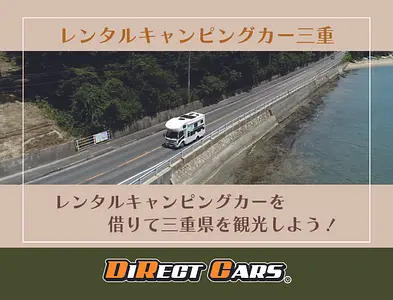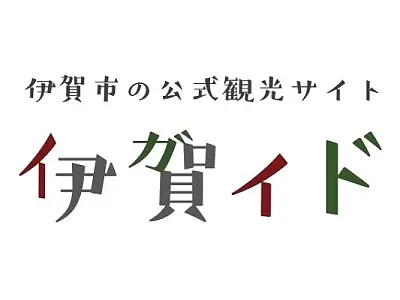What kind of shrine is IseJingu? What kind of god? What prefecture is it in? We will thoroughly explain all the questions you may have about IseJingu that you may not be able to ask right now!
掲載日:2023.12.06
Information about IseJingu is introduced in various media, but it is useful for beginners and those who are familiar with IseJingu, such as ``simple questions that you can't ask now'' or ``I've heard about it from rumors, but what's the truth?'' We will thoroughly explain "questions related to IseJingu".
Article production / Tourism Mie Editorial Department
▼Table of contents
- Q1: What is IseJingu? What kind of god?
- Q2: What is the official name of IseJingu?
- Q3: Where is IseJingu? What prefecture is it in?
- Q4: Why is IseJingu called the “hometown of the Japanese spirit”?
- Q5: Why are they called “Naiku” and “Geku” (inner and outer shrine)?
- Q6: Is it true that there are no omikuji at IseJingu? why?
- Q7: Is there a goshuin stamp at IseJingu? What about the amulet?
- Q8: Why do you drive on the right in Naiku and on the left in Geku?
- Q9: What is the small covered pillar upstream of UjibashiBridge?
- Q10: Can I have a wedding at IseJingu?
- Q11: Is it not allowed to make personal wishes at the main shrine of IseJingu?
- Q12: Why do we visit Geku first?
- Q13: What is the “divine object” of Naiku?
- Q14: What is the white cloth hanging in the main shrine where you pray?
- Q15: How many festivals are held at the shrine in a year?
- Q16: Will the gods fight if you have amulets from multiple shrines?
- Q17: Is it true that couples who visit IseJingu as a couple will break up?
- Q18: Can cars and wheelchairs drive on UjibashiBridge?
- Q19: Can I visit the shrine with my pet dog or cat?
- Click here to learn more about the goshuin and amulets at IseJingu.
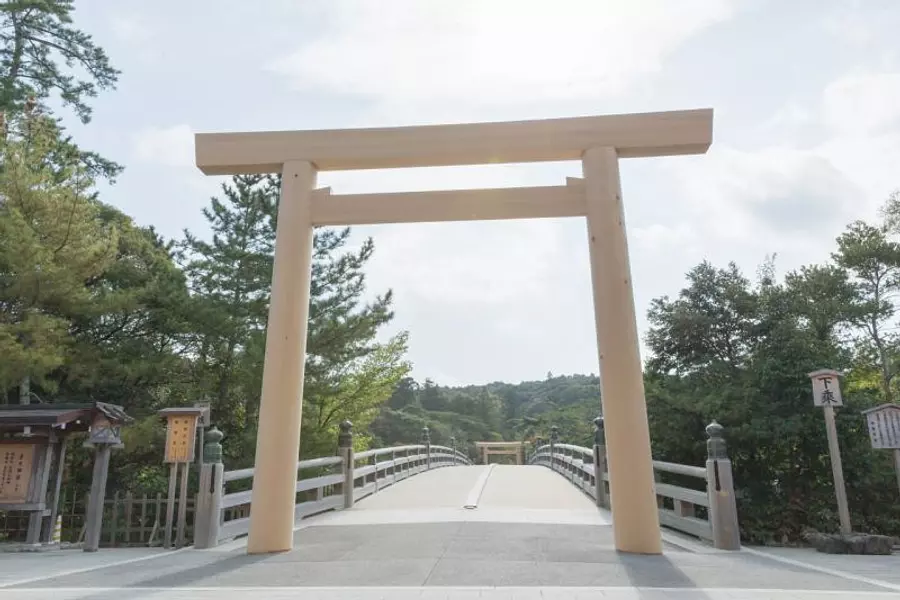
What is IseJingu? What kind of god?
Q1: What is IseJingu?
A1: “IseJingu” is something that every Japanese person knows. Officially it is called "Jingu".
IseJingu is a collective name for 125 shrines and shrines, and the locals call it `` Naiku san'' (Kotaijingu), and `` Geku-san'' (outer shrine). refers to Toyouke-daijingu.
The deity enshrined at Kotaijingu (Naiku) is Amaterasu-Omikami Omikami, who is the ancestor of the imperial family and is revered by our people as the guardian deity. In addition, the deity enshrined at Toyouke-daijingu (Geku) is Amaterasu-Omikami no Toyouke-no-Omikami, who is the god of food that governs the meals of Amaterasu Omikami. It is worshiped as a guardian deity.
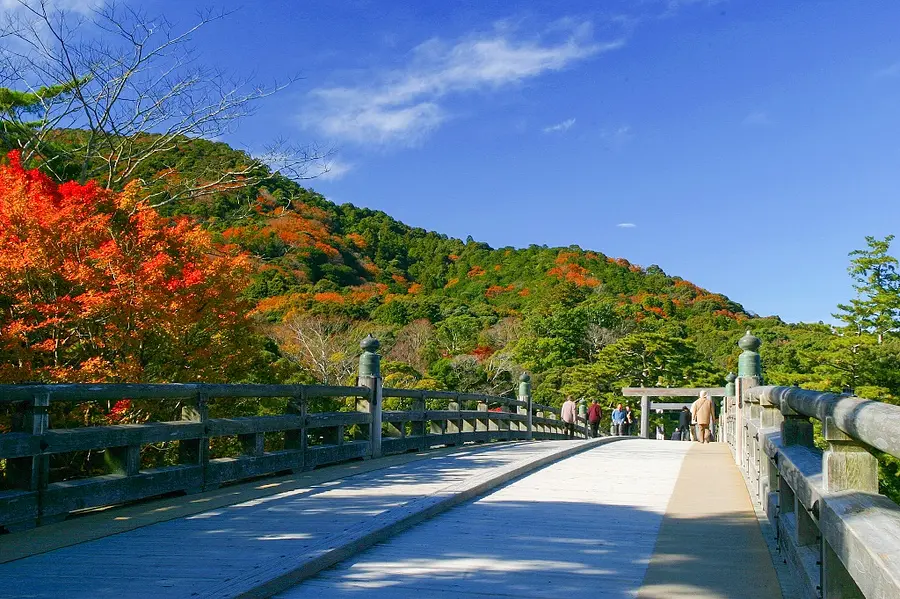
What is the official name of IseJingu?
Q2: What is the official name of IseJingu?
A2: Ise IseJingu is affectionately called "Oise-san," but its official name is "Jingu."
Amaterasu-Omikami Kotaijingu (Naiku shrine), which enshrines Amaterasu Omikami Toyouke-daijingu (Geku), which enshrines Toyouke-no-Omikami, the guardian deity of industry, as well as 14 Betsugu, 43 seshu shrines, and 24 subsidiary shrines. There are 42 jurisdictional shrines, and the term ``Jingu'' includes all 125 shrines.
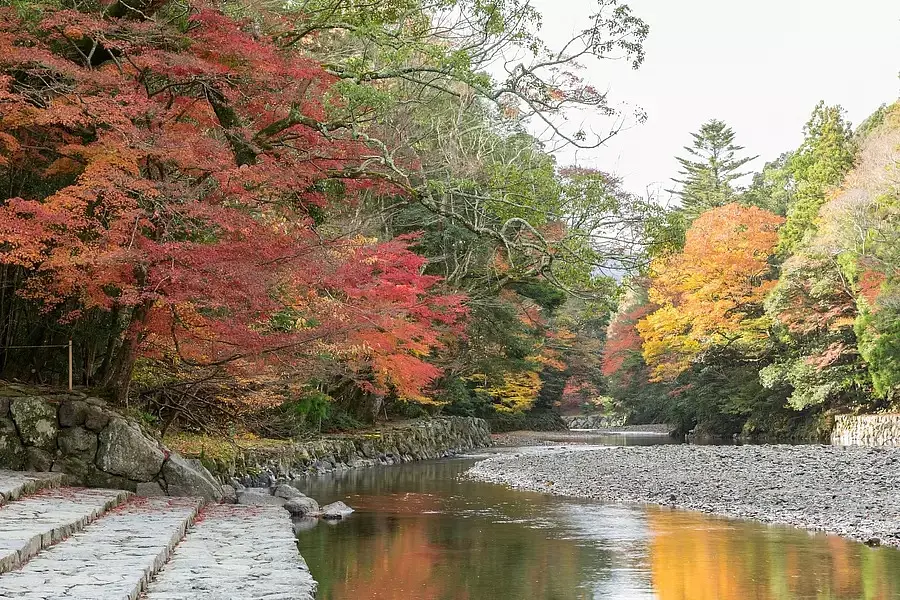
Where is IseJingu? What prefecture is it in?
Q3: Where is IseJingu? What prefecture is it in?
A3: IseJingu (Jingu: Kotaijingu / Naiku Shrine/ Toyouke-daijingu / Geku) is located in IseCity Mie Prefecture, Japan.
・ Kotaijingu (Naiku): 1 Ujidatecho, IseCity ujitachicho
・ Toyouke-daijingu (Geku): 279 Toyokawacho IseCity Mie Prefecture
Toyouke-daijingu (Geku) is about a 5-minute walk from Kintetsu/JR IseCity Station. Kotaijingu (Naiku Shrine) is about 10 minutes by bus from Toyouke-daijingu (Geku). It is approximately 10 minutes by bus from Kintetsu Ujiyamada Station and approximately 10 minutes by bus from Kintetsu Isuzukawa Station.
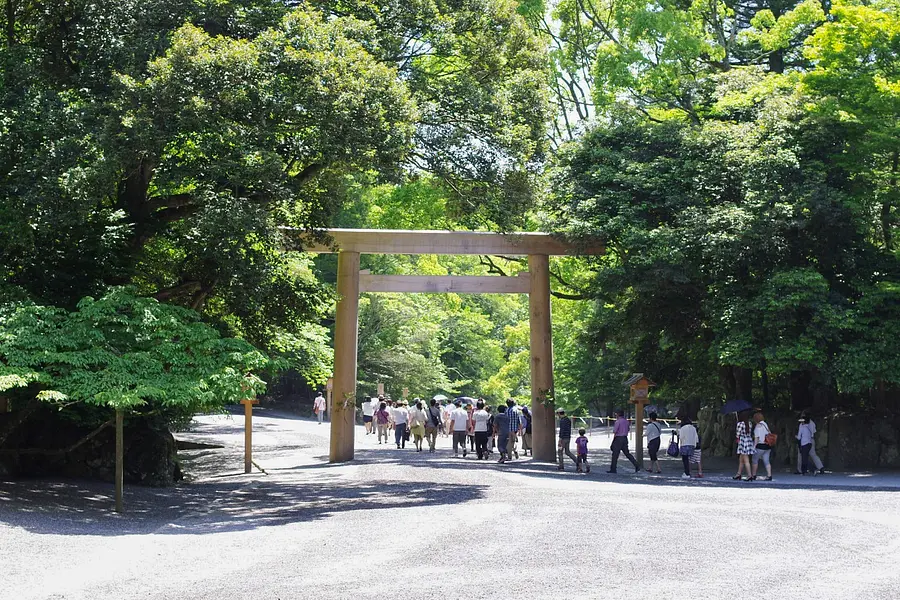
Why is IseJingu called "the spiritual home of the Japanese people"?
Q4: Why is IseJingu called the “hometown of the Japanese spirit”?
A4: Amaterasu-Omikami, which is enshrined at the Imperial Shrine (Naiku), is the ancestral deity of the imperial family and is considered the guardian deity of the Japanese people. For this reason, it is called the "hometown of the Japanese spirit."
``This place is the hometown of the soul. If you visit here, it will make you feel like you are traveling.'' These are the words of historical novelist Eiji Yoshikawa.
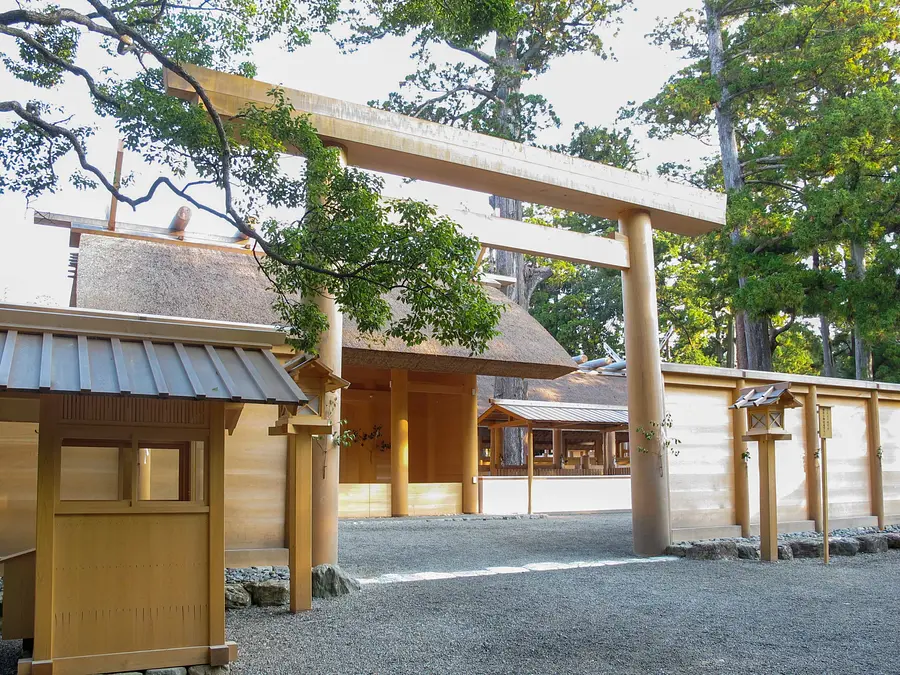
Why are they called "Naiku" and "Geku" (inner and outer shrine)?
Q5: Why are they called “Naiku” and “Geku” (inner and outer shrine)?
A5: The Imperial Court is called ``Dairi,'' and ``Uchi'' is thought to mean the Emperor. The deity enshrined at Kotaijingu is Amaterasu-Omikami, which is the ancestral deity of the imperial family, so it is called Naiku (the inner shrine).
There is also a theory that the villa outside the Dairi is called ``Soto'', and that it was called Geku as opposed to Naiku.
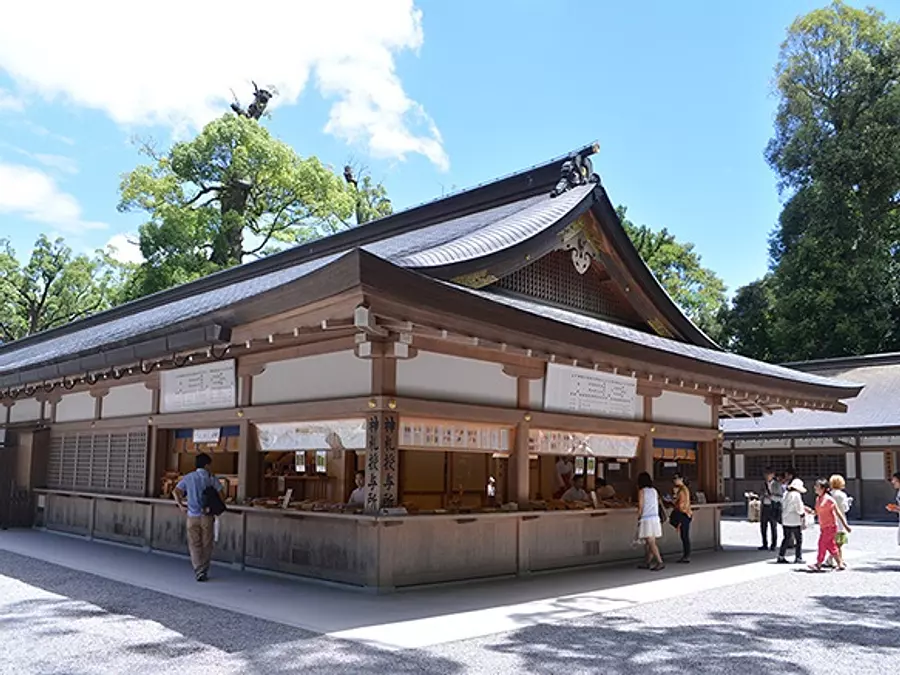
Is it true that IseJingu doesn't have omikuji? why?
Q6: Is it true that there are no omikuji at IseJingu? why?
A6: IseJingu does not have ``omikuji'' like other shrines. Visiting Ise Shrine is a dream come true for many people who wish to visit IseJingu at least once in their lifetime. It is believed that visiting IseJingu itself was a good fortune, and there was no need to draw fortunes.
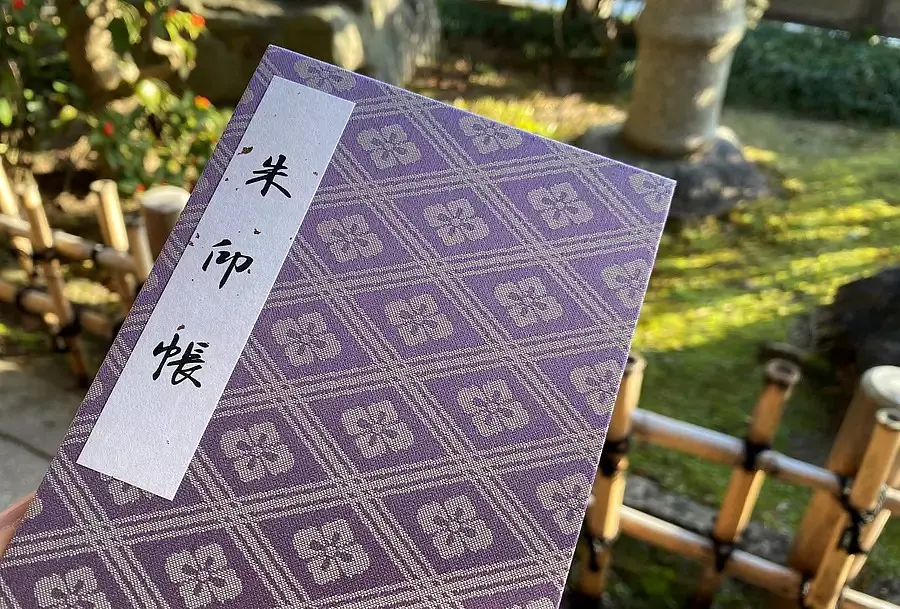
Is there a goshuin stamp at IseJingu? What about the amulet?
Q7: Is there a goshuin stamp at IseJingu? What about the amulet?
A7: Out of the 125 shrines and shrines of IseJingu, only 7 shrines allow you to receive a stamp or amulet.
① Kotaijingu (IseJingu Naiku)
②Toyouke Toyouke-daijingu (IseJingu Geku)
③ Tsukuyomi Shrine (Kotaijingu Betsugu
④Takihara Takiharanomiya (Kotaijingu Betsugu)
⑤Iza Izawanomiya (Kotaijingu Betsugu)
⑥Wahimegu Yamatohime-no-miya (Kotaijingu Betsugu)
Tsukiyominomiya (Toyouke-daijingu Betsugu)
Please refer to this page for more details.
▶Are there 7 stamps in total at IseJingu? Click here for the article↓
Are there 7 stamps in total at IseJingu? We will explain when and where you can get it.
▶Where can I get an amulet from IseJingu? Click here for the article↓
Where can I get an amulet from IseJingu? We will explain when and where you can get it.

Why do you drive on the right in Naiku and on the left in Geku?
Q8: Why do you drive on the right in Naiku and on the left in Geku?
A8: In Naiku, the main shrine is on the left side of the approach, and in Geku, the main shrine is on the right side of the approach. Worshipers walked cautiously on the side of the approach far from the main shrine, and for this reason, it seems that they drove on the right Naiku and on the left in Geku. The temizuya and mitarai area, where you cleanse your mind and body with water before visiting the shrine, are located on the right side for Naiku and on the left for Geku, which is thought to be one of the reasons why.
What is the small covered pillar upstream of UjibashiBridge?
Photo provided by: Jingu Administration Office
Q9: What is the small covered pillar upstream of UjibashiBridge?
A9: Upstream of UjibashiBridge over the Isuzu River, there is a pillar with a small roof. These are called ``Kiyokegui,'' and as the name suggests, their role is to protect the bridge piers by blocking driftwood and other debris flowing from upstream when the Isuzu River rises.
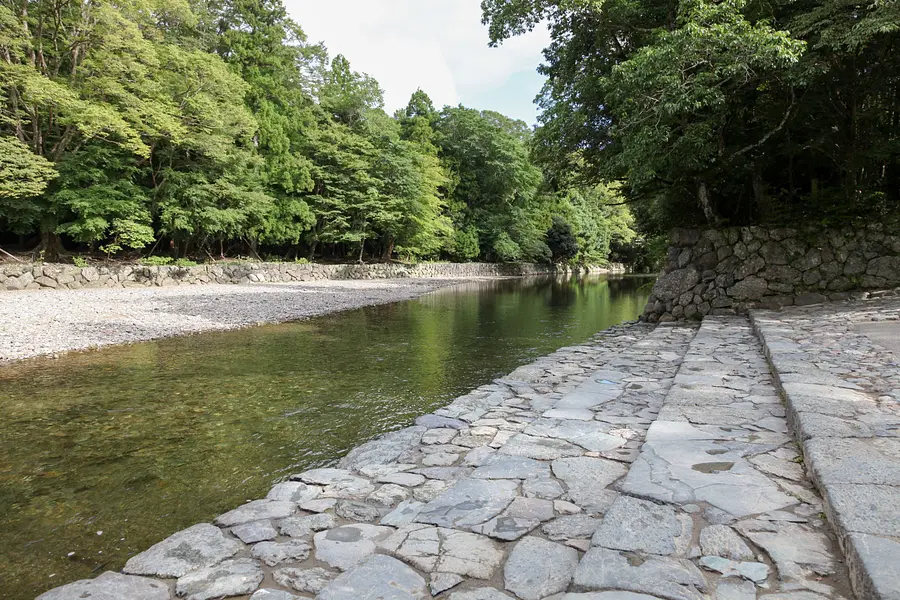
Is it possible to have a wedding at IseJingu?
Q10: Can I have a wedding at IseJingu?
A10: It is not possible to have a wedding ceremony at IseJingu, but it is possible to offer a prayer (kagura and food) to commemorate the marriage.
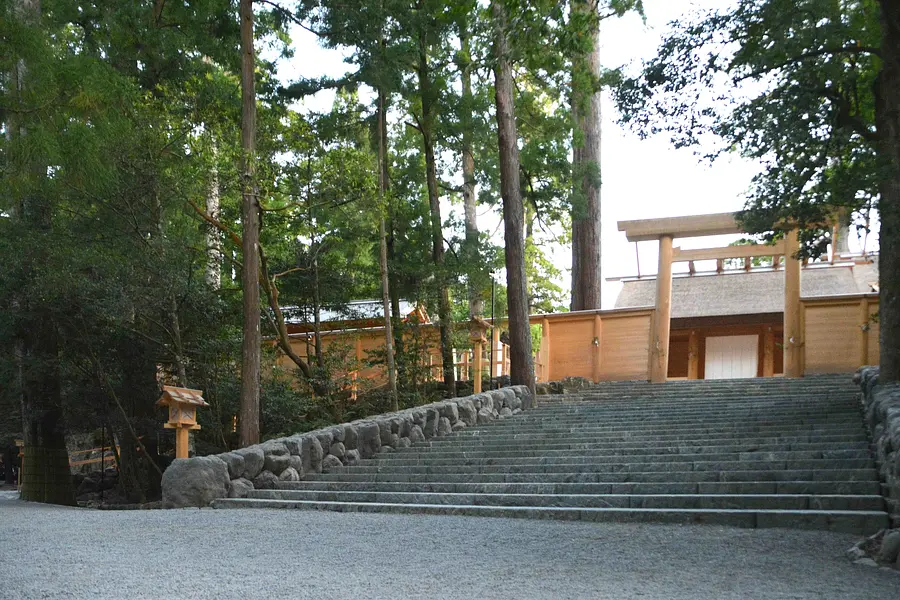
Is it not allowed to make personal wishes at the main shrine of IseJingu?
Q11: Is it not allowed to make personal wishes at the main shrine of IseJingu?
A11: The main shrine of a shrine is a place where public prayers are held in the form of festivals, so it is a long-standing custom to convey one's daily feelings of gratitude to Amaterasu-Omikami. However, this does not mean that we should never pray for personal requests. It is a good idea to express your gratitude first and then make a wish. You can also pray at the Kagura-den and have your wishes delivered to the shrine.
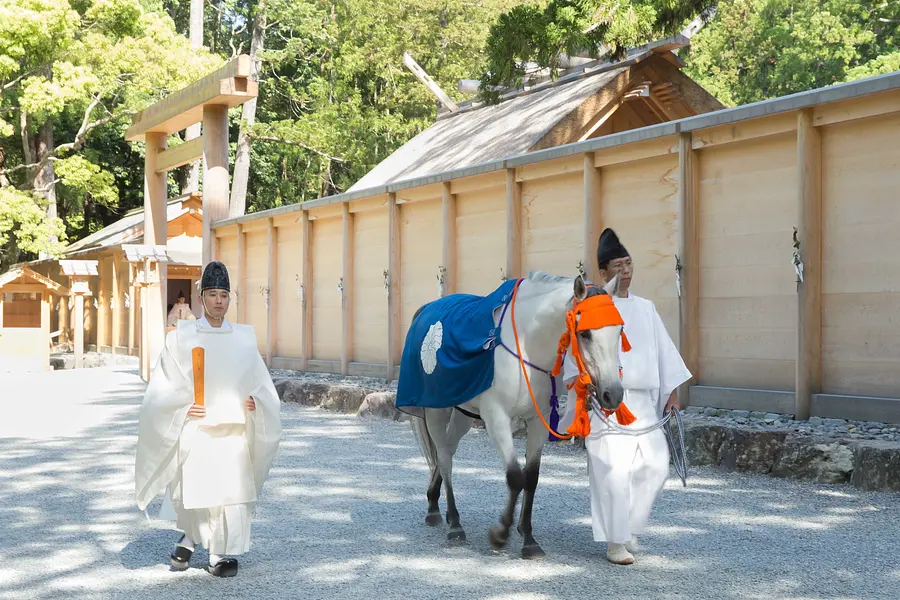
Why do we visit Geku first?
Q12: Why do we visit Geku first?
A12: The festival held at the shrine is called the Geku Sensai, and there is a tradition that the ritual is first held at Geku.
Toyouke-no-Omikami (Geku) is Amaterasu-Omikami 's food deity (the deity in charge of meals), so before the rituals at Naiku, food is first offered to the food deity. Therefore, following the order of the festival, it is customary to visit the shrines from Geku to the Naiku Shrine.
Also, during the Edo period, it was a popular route for Ise pilgrims to purify themselves by purifying themselves at FutamiuraBeach before visiting Geku and then Naiku. For this reason, some people still stop by FutamiuraBeach before visiting the shrine. This is called Hamasangu.
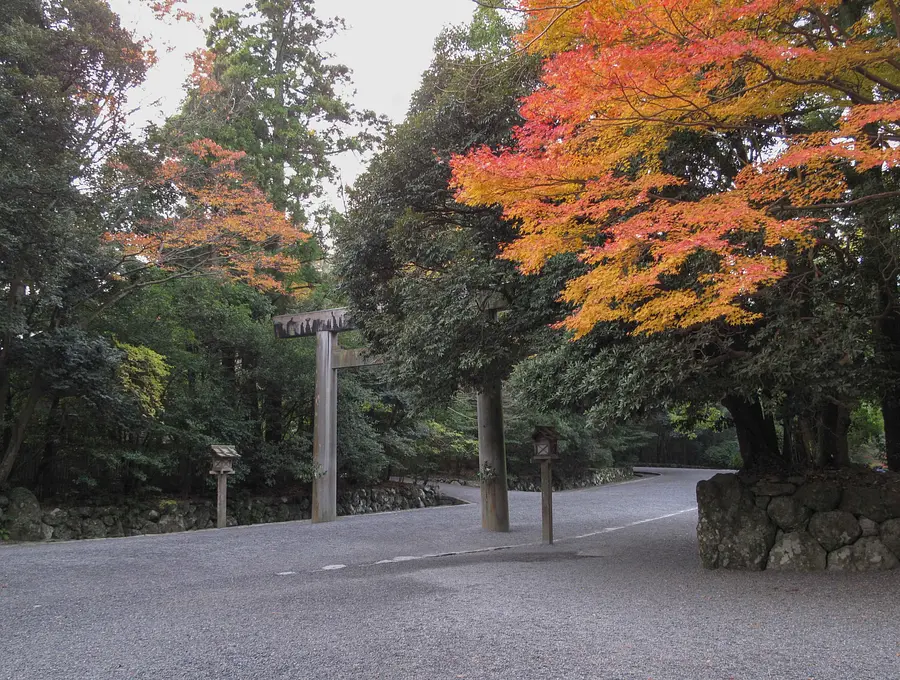
What is the “god object” of Naiku?
Q13: What is the “divine object” of Naiku?
A13: One of the three sacred treasures passed down as a symbol of the imperial throne is held in Naiku. Yata no Kagami (Yata no Kagami) is enshrined as a sacred object.
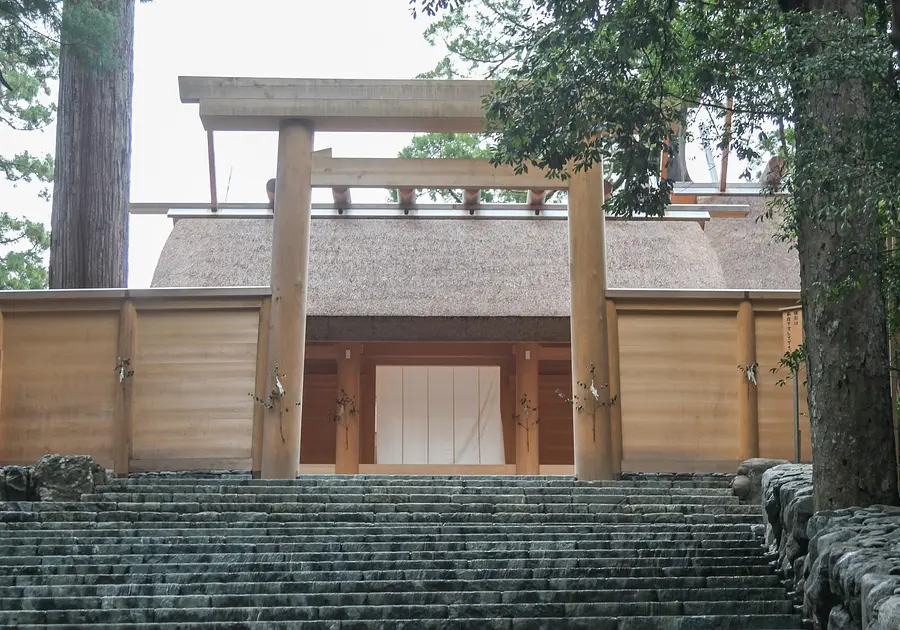
What is the white cloth hanging in the main shrine where you pray?
Q14: What is the white cloth hanging in the main shrine where you pray?
A14: The white cloth is called mitobari. The main hall of the shrine is surrounded by a four-layered fence and protected with great care, but the gate is hung so that the front can't be seen directly when the gate is opened. The fence called banpei, which stands outside the entrance, has a similar meaning.
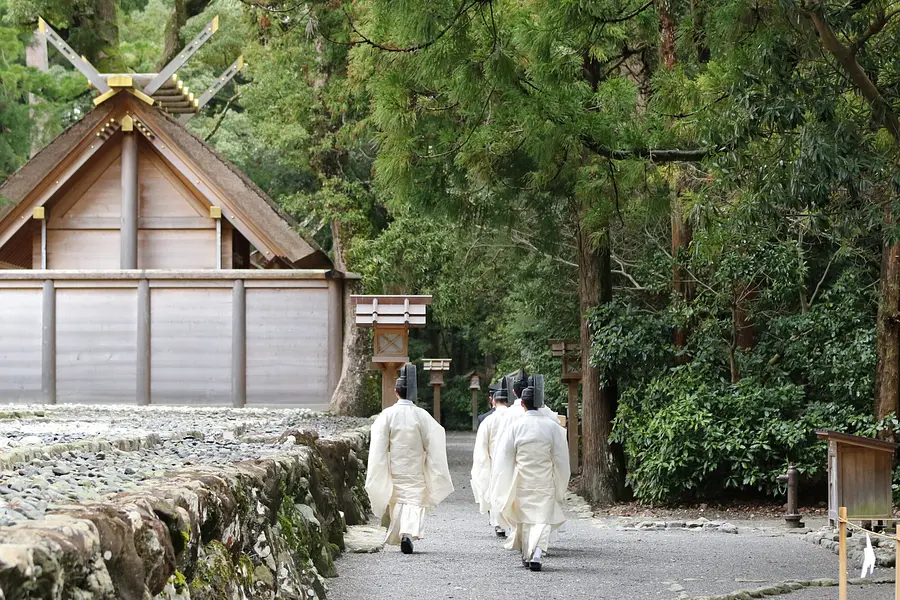.jpg)
How many festivals are held at the shrine in a year?
Photo provided by: Jingu Administration Office
Q15: How many festivals are held at the shrine in a year?
A15: Approximately 1,500 festivals are held at the shrine each year.
For us Japanese people, rice is not only food, but also an important offering that connects people with the gods. Festivals are held at the shrine to coincide with the rice-growing cycle, during which people give thanks to the gods and pray for a rich harvest, the prosperity of the nation, and the happiness of its people.
The most important festival is the Kannamesai held in October, which is the supreme Shinto ritual at the shrine to give thanks for the harvest and offer new grains.
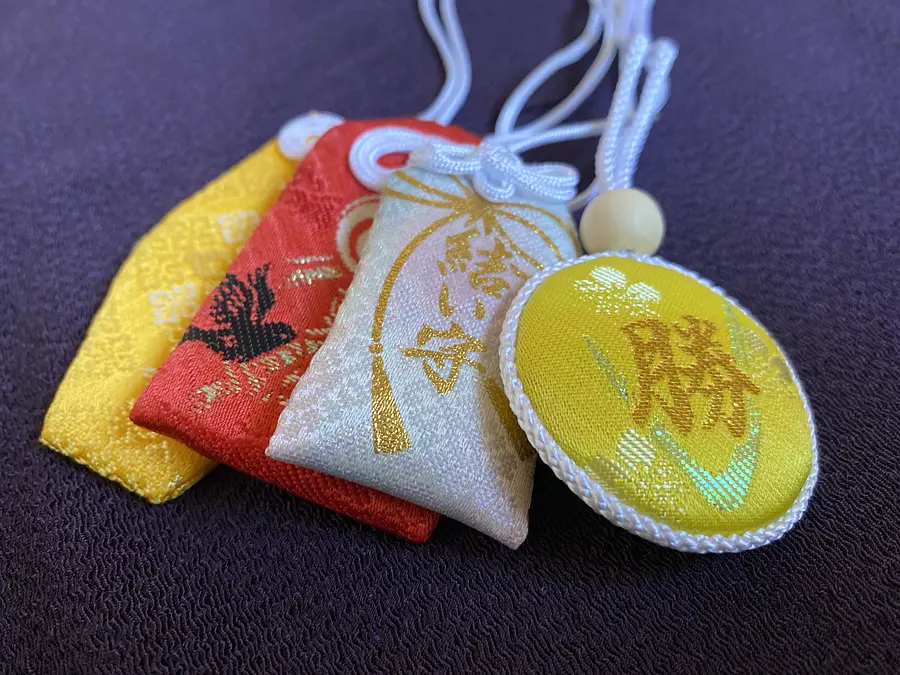
Do the gods fight if you have amulets from multiple shrines?
Q16: Will the gods fight if you have amulets from multiple shrines?
A16: Have you ever heard that having multiple amulets is bad or that the gods will fight with you? God doesn't fight. It would be a good idea to take good care of the amulet from the revered shrine, and to pay homage when your wish comes true.
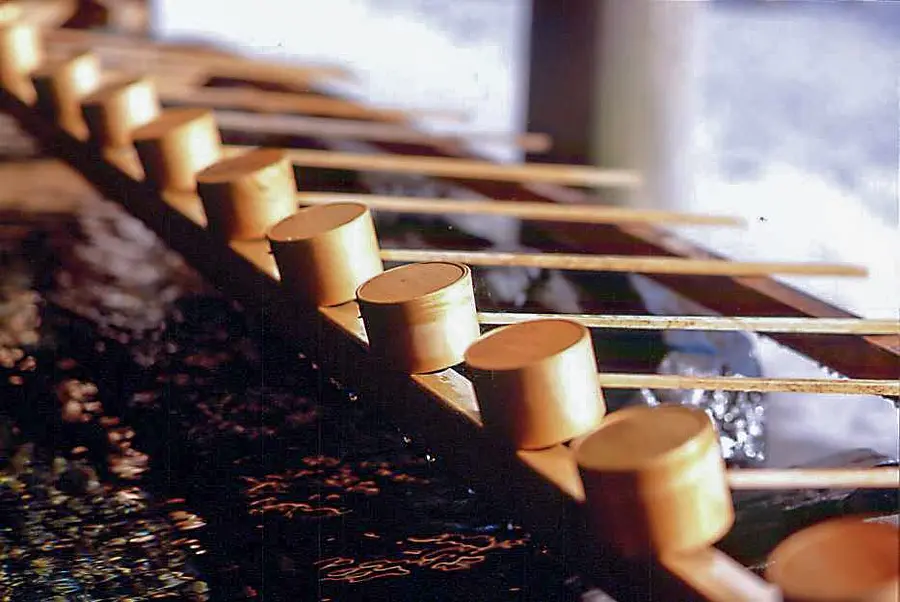
Is it true that couples who visit IseJingu as a couple will break up?
Q17: Is it true that couples who visit IseJingu as a couple will break up?
A17: Amaterasu Omikami, Amaterasu-Omikami enshrined at the shrine, is a female deity. Perhaps for this reason, there seems to have been a superstition that if a couple visited the shrine together, the gods would become jealous and the relationship between the two would deteriorate, but this is certainly not the case. Please feel free to visit.
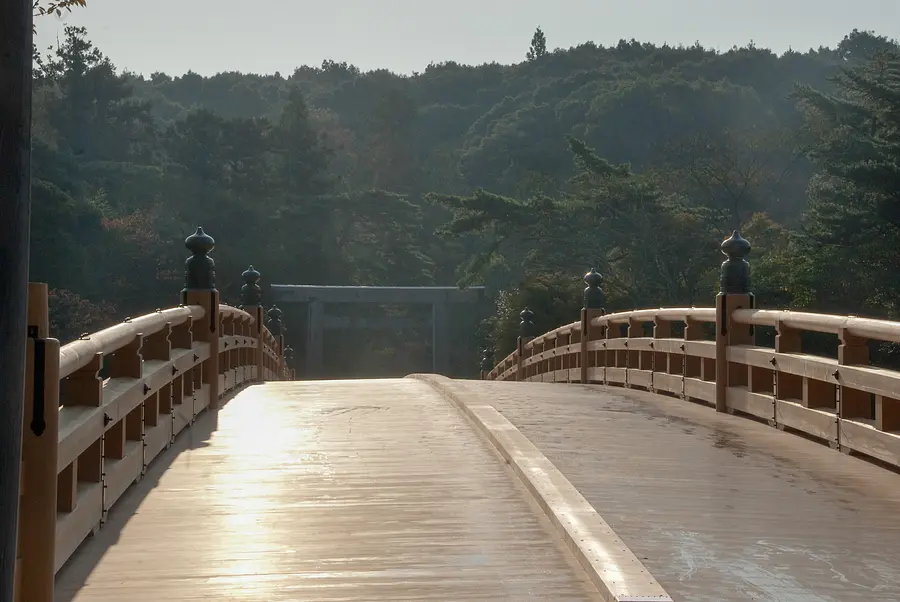
Can cars and wheelchairs drive on UjibashiBridge?
Q18: Can cars and wheelchairs drive on UjibashiBridge?
A18: Due to ancient customs, the general public is not allowed to enter by car, but IseJingu (Geku and Naiku) can be visited using a wheelchair. Rental wheelchairs are available to help navigate the gravel approach, and can be rented at the Eshimiharisho. We also have a guide map for wheelchair users, so please ask at the guard post.
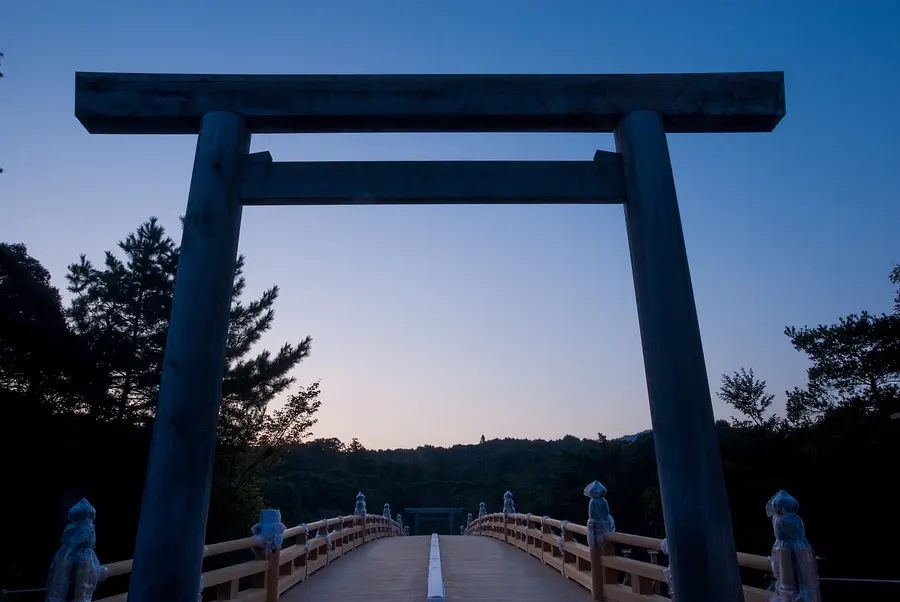
Can I visit the shrine with my pet dog or cat?
Q19: Can I visit the shrine with my pet dog or cat?
A19: Pets are not allowed at IseJingu. Pets cannot be brought into IseJingu in carriers or dog buggies. You can leave your pet at the Eshimiharisho guard station located at the entrance to both Naiku and Geku of IseJingu, but the number of pets allowed is limited.
Click here to learn more about the goshuin and amulets at IseJingu.
At IseJingu, you can receive goshuin stamps and amulets as proof of your visit.
For more information, please see the report below. Please use this as a reference when visiting Ise.
▶Are there 7 stamps in total at IseJingu? Click here for the article↓
Are there 7 stamps in total at IseJingu? We will explain when and where you can get it.
▶Where can I get an amulet from IseJingu? Click here for the article↓
Where can I get an amulet from IseJingu? We will explain when and where you can get it.
▶Where is the parking lot at IseJingu? What is the parking fee? Click here for the article↓
Where is the parking lot at IseJingu? What is the parking fee? We will explain any questions you may have about access etc.
Nearby spots
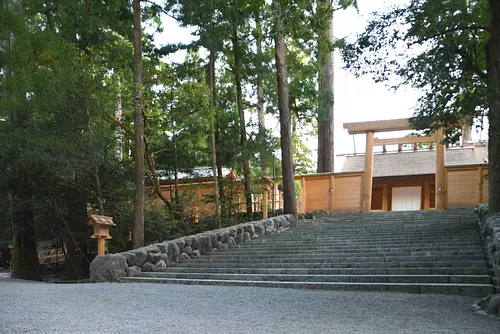
直線距離:29m
IseJingu Naiku (Kotaijingu)

直線距離:568m
Ise Oharai-Machi Darumaya
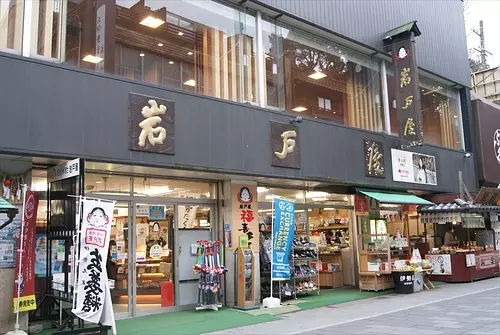
直線距離:569m
Ise Naiku Iwatoya
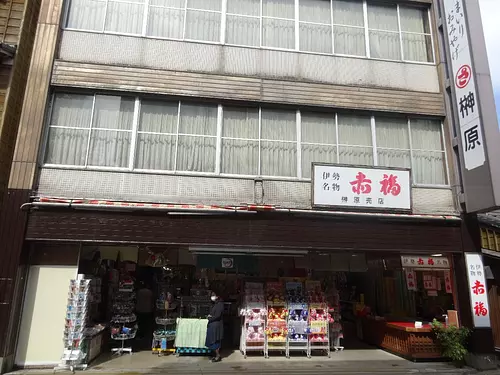
直線距離:569m
Sakakibara product store
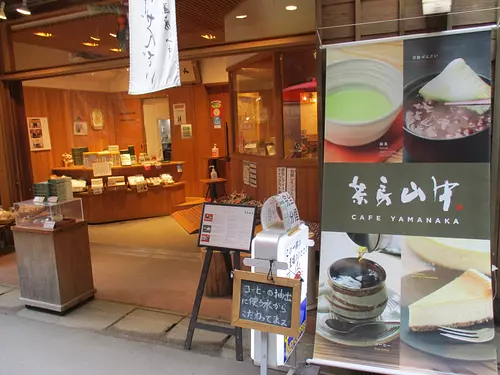
直線距離:581m
Sabo Yamanaka
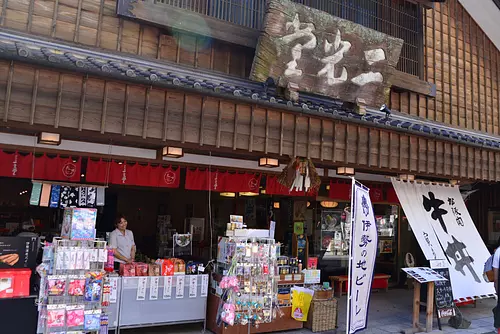
直線距離:584m
Nikodo Horaitei
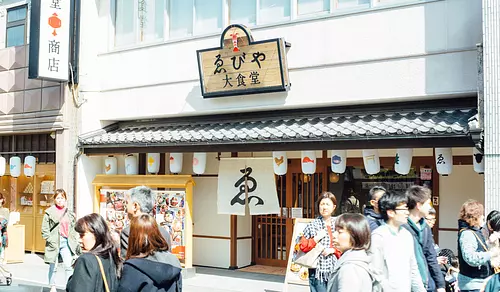
直線距離:590m
Ebiya restaurant/Ebiya store/Abalone skewer stall
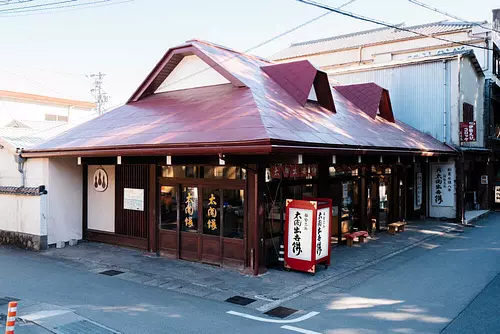
直線距離:593m
Taikomochi Co., Ltd.
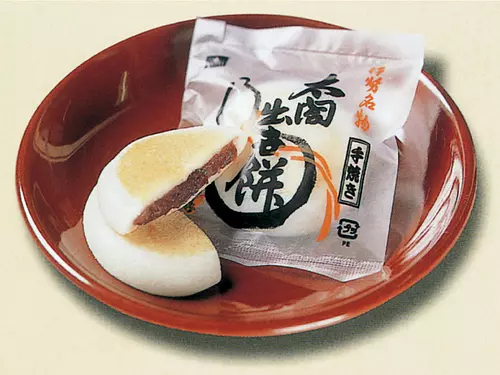
直線距離:593m
Taikoshusse-Mochi
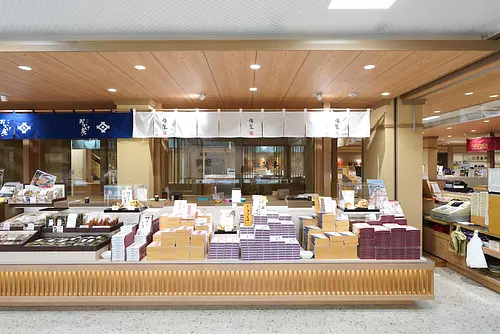
直線距離:595m
IseJingu Iwatoya Store Fukuya
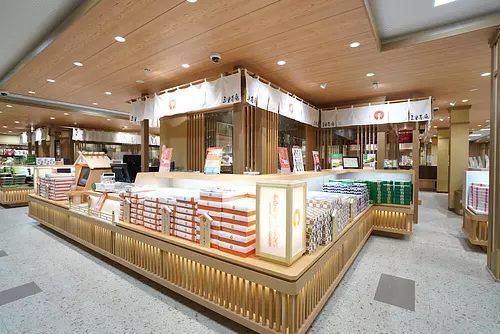
直線距離:596m
Mie Juan Co., Ltd. Naiku store
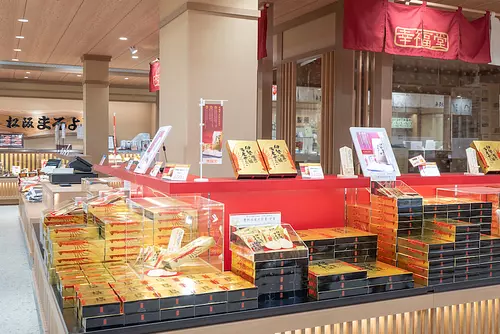
直線距離:596m
Kofukudo Oharai-Machi
nearby events
![Sunrise at UjibashiBridge [IseJingu Naiku]](https://www.kankomie.or.jp/rails/active_storage/representations/proxy/eyJfcmFpbHMiOnsibWVzc2FnZSI6IkJBaHBBcUEwIiwiZXhwIjpudWxsLCJwdXIiOiJibG9iX2lkIn19--8cd71229c909e7324d47ade0aa43c578ef42aa3a/eyJfcmFpbHMiOnsibWVzc2FnZSI6IkJBaDdCem9MWm05eWJXRjBPZ2wzWldKd09oSnlaWE5wZW1WZmRHOWZabWwwV3dkcEF2UUJNQT09IiwiZXhwIjpudWxsLCJwdXIiOiJ2YXJpYXRpb24ifX0=--8d6bc4b517fae43c9e30c66a38f93836dd92b535/38933_1_org.jpg)
Date: Friday, November 22, 2024 - Wednesday, January 22, 2025
直線距離:424m
Sunrise at UjibashiBridge [IseJingu Naiku]
![Saidan Festival [IseJingu]](https://www.kankomie.or.jp/assets/no_thumb_330_220-b92d6e1d59ef607a7e7b159cb7512e62277106a0b4528087c30473b5d33e1fd6.webp)
Date: Wednesday, January 1, 2025
直線距離:424m
Saidan Festival [IseJingu]
![First visit to IseJingu [IseJingu]](https://www.kankomie.or.jp/rails/active_storage/representations/proxy/eyJfcmFpbHMiOnsibWVzc2FnZSI6IkJBaHBBaTh0IiwiZXhwIjpudWxsLCJwdXIiOiJibG9iX2lkIn19--92808bcf53cd88cd18146b30baa4ef927530dc29/eyJfcmFpbHMiOnsibWVzc2FnZSI6IkJBaDdCem9MWm05eWJXRjBPZ2wzWldKd09oSnlaWE5wZW1WZmRHOWZabWwwV3dkcEF2UUJNQT09IiwiZXhwIjpudWxsLCJwdXIiOiJ2YXJpYXRpb24ifX0=--8d6bc4b517fae43c9e30c66a38f93836dd92b535/7015_1_org.jpg)
Date: January 1, 2025 (Wed) - January 7, 2025 (Tue)
直線距離:424m
First visit to IseJingu [IseJingu]
![Monthly Festival [IseJingu]](https://www.kankomie.or.jp/rails/active_storage/representations/proxy/eyJfcmFpbHMiOnsibWVzc2FnZSI6IkJBaHBBbXN0IiwiZXhwIjpudWxsLCJwdXIiOiJibG9iX2lkIn19--64bba21aa57186e238d5fc018c29062048d53136/eyJfcmFpbHMiOnsibWVzc2FnZSI6IkJBaDdCem9MWm05eWJXRjBPZ2wzWldKd09oSnlaWE5wZW1WZmRHOWZabWwwV3dkcEF2UUJNQT09IiwiZXhwIjpudWxsLCJwdXIiOiJ2YXJpYXRpb24ifX0=--8d6bc4b517fae43c9e30c66a38f93836dd92b535/7601_1_org.jpg)
Date: Sunday, December 15, 2024 to Wednesday, December 25, 2024
直線距離:424m
Monthly Festival [IseJingu]
![Niiname Festival [IseJingu]](https://www.kankomie.or.jp/rails/active_storage/representations/proxy/eyJfcmFpbHMiOnsibWVzc2FnZSI6IkJBaHBBamd1IiwiZXhwIjpudWxsLCJwdXIiOiJibG9iX2lkIn19--ef264ad0a31692531c1b2fecccd15a8f10f46506/eyJfcmFpbHMiOnsibWVzc2FnZSI6IkJBaDdCem9MWm05eWJXRjBPZ2wzWldKd09oSnlaWE5wZW1WZmRHOWZabWwwV3dkcEF2UUJNQT09IiwiZXhwIjpudWxsLCJwdXIiOiJ2YXJpYXRpb24ifX0=--8d6bc4b517fae43c9e30c66a38f93836dd92b535/10823_1_org.jpg)
Date: Saturday, November 23, 2024 to Friday, November 29, 2024
直線距離:424m
Niiname Festival [IseJingu]
![January 11th feast [IseJingu Naiku]](https://www.kankomie.or.jp/rails/active_storage/representations/proxy/eyJfcmFpbHMiOnsibWVzc2FnZSI6IkJBaHBBall1IiwiZXhwIjpudWxsLCJwdXIiOiJibG9iX2lkIn19--d232d9660f491d921b8ec0c84867a52029eea16c/eyJfcmFpbHMiOnsibWVzc2FnZSI6IkJBaDdCem9MWm05eWJXRjBPZ2wzWldKd09oSnlaWE5wZW1WZmRHOWZabWwwV3dkcEF2UUJNQT09IiwiZXhwIjpudWxsLCJwdXIiOiJ2YXJpYXRpb24ifX0=--8d6bc4b517fae43c9e30c66a38f93836dd92b535/10762_1_org.jpg)
Date: Saturday, January 11, 2025
直線距離:424m
January 11th feast [IseJingu Naiku]
![Origin Festival [IseJingu]](https://www.kankomie.or.jp/assets/no_thumb_330_220-b92d6e1d59ef607a7e7b159cb7512e62277106a0b4528087c30473b5d33e1fd6.webp)
Date: Friday, January 3, 2025
直線距離:424m
Origin Festival [IseJingu]
![Great Purification [IseJingu Naiku]](https://www.kankomie.or.jp/rails/active_storage/representations/proxy/eyJfcmFpbHMiOnsibWVzc2FnZSI6IkJBaHBBam8wIiwiZXhwIjpudWxsLCJwdXIiOiJibG9iX2lkIn19--a1d341479379b5129ac4f4c729b7169d53ebb36d/eyJfcmFpbHMiOnsibWVzc2FnZSI6IkJBaDdCem9MWm05eWJXRjBPZ2wzWldKd09oSnlaWE5wZW1WZmRHOWZabWwwV3dkcEF2UUJNQT09IiwiZXhwIjpudWxsLCJwdXIiOiJ2YXJpYXRpb24ifX0=--8d6bc4b517fae43c9e30c66a38f93836dd92b535/38745_1_org.jpg)
Date: Tuesday, December 31, 2024
直線距離:424m
Great Purification [IseJingu Naiku]
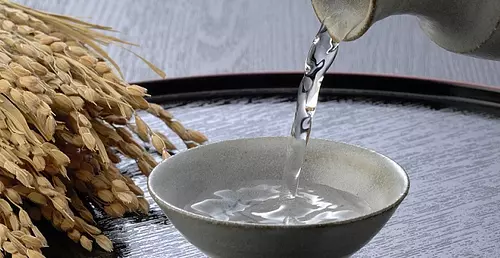
Date: Saturday, November 23, 2024 (National Holiday)
直線距離:865m
4th Mie New Sake Festival of Thanks to God

Date: January 7th every year
直線距離:902m
Sushihisa "Nanakusa porridge"
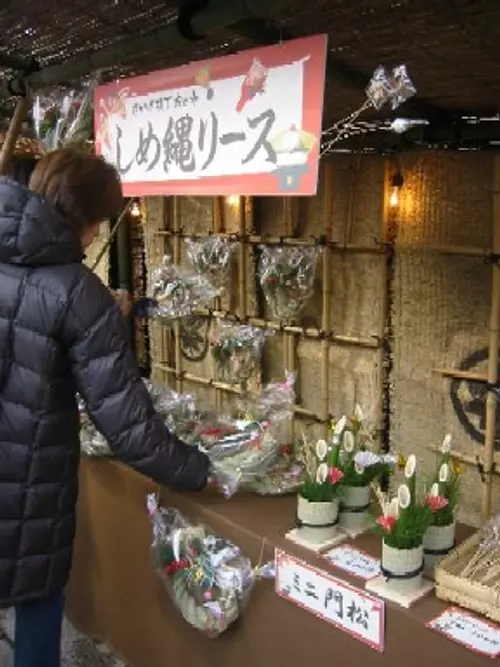
Date: Saturday, December 14, 2024 to Saturday, December 28, 2024
直線距離:902m
Okage-yokocho Old Market
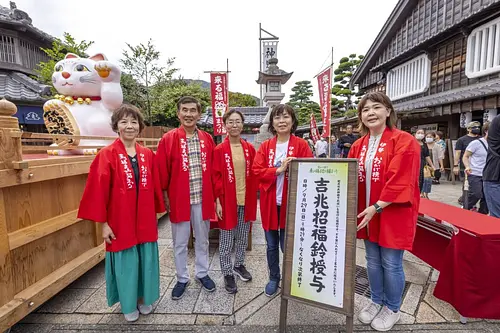
Date: Tuesday, December 31, 2024 - Tuesday, December 30, 2025
直線距離:902m
Announcement of "Recruiting applicants born in the year of the snake"
Plays and experiences nearby
直線距離:615m
Ise Petitabi Tabizou Ise Office Co., Ltd.
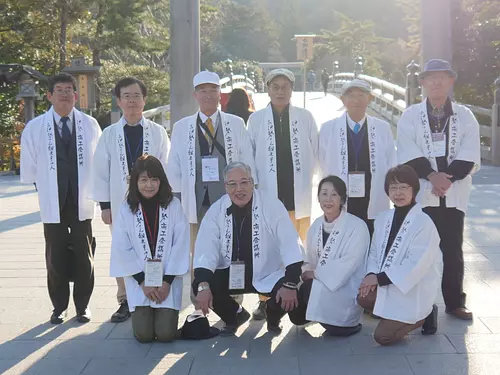
直線距離:628m
Oise-san tourist information
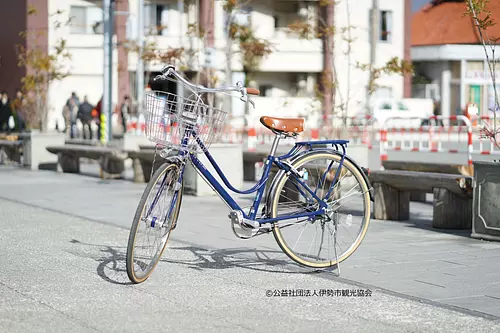
直線距離:4.0km
IseCity Bicycle Rental (Geku Tourist Service Center)
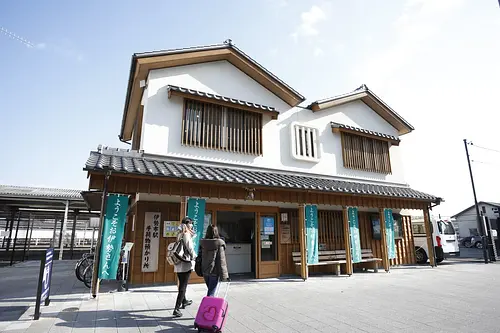
直線距離:4.2km
Same-day delivery service to your accommodation
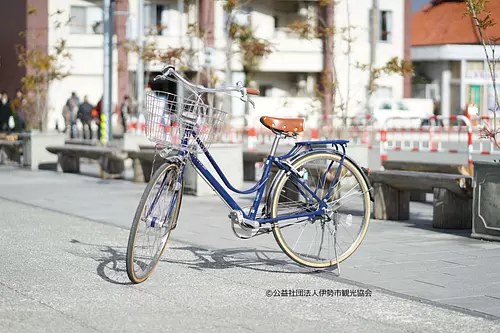
直線距離:4.2km
IseCity Bicycle Rental (IseCity Station Baggage Storage)
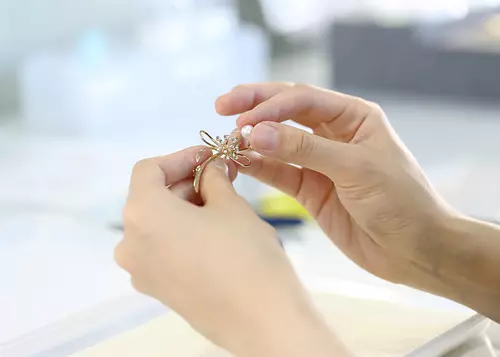
直線距離:5.4km
[Only one in the world] Making original accessories using Akoya pearls
![[Only one in the world] Making original accessories using freshwater pearls](https://www.kankomie.or.jp/rails/active_storage/representations/proxy/eyJfcmFpbHMiOnsibWVzc2FnZSI6IkJBaHBBNWpLQWc9PSIsImV4cCI6bnVsbCwicHVyIjoiYmxvYl9pZCJ9fQ==--dbf2e6b0f422d40e38d57504e978bf08cec1204e/eyJfcmFpbHMiOnsibWVzc2FnZSI6IkJBaDdCem9MWm05eWJXRjBPZ2wzWldKd09oSnlaWE5wZW1WZmRHOWZabWwwV3dkcEF2UUJNQT09IiwiZXhwIjpudWxsLCJwdXIiOiJ2YXJpYXRpb24ifX0=--8d6bc4b517fae43c9e30c66a38f93836dd92b535/20211211_023351634_iOS.jpg)
直線距離:5.4km
[Only one in the world] Making original accessories using freshwater pearls
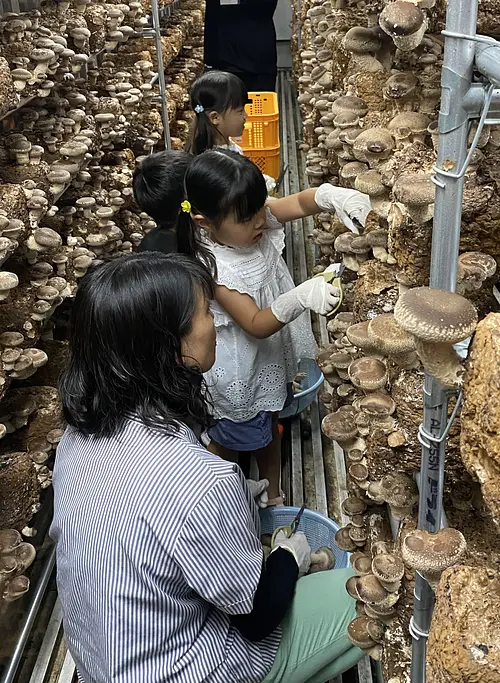
直線距離:5.7km
Mushroom picking
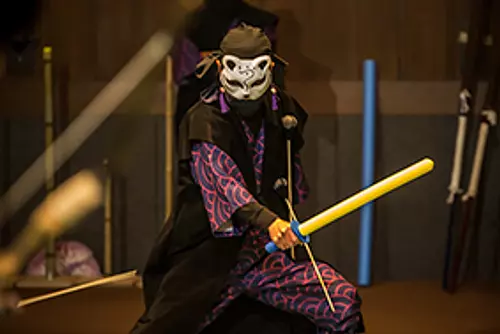
直線距離:6.7km
Real RPG Great Ninja War ~Frog, Snake, and Traveler~
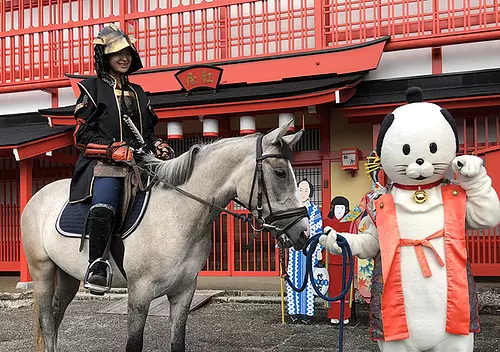
直線距離:6.7km
Exciting horse experience (NinjaKingdomIse)
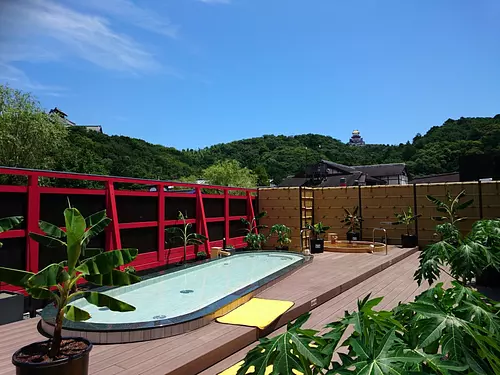
直線距離:6.8km
``Azuchi Castle Hot Spring'' heals the fatigue of sightseeing in Ise
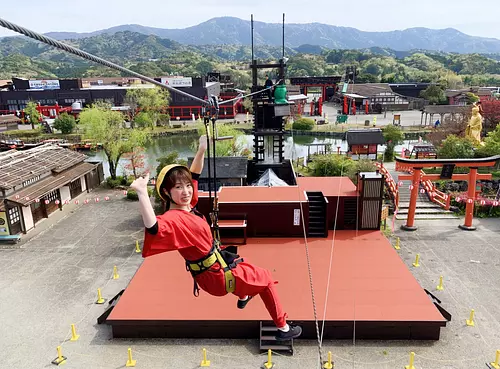
直線距離:6.8km
Ninja Forest Adventure: The largest in Western Japan! Total length 1,000m! 67 attractions
| Category | |
|---|---|
| season | |
| area |

